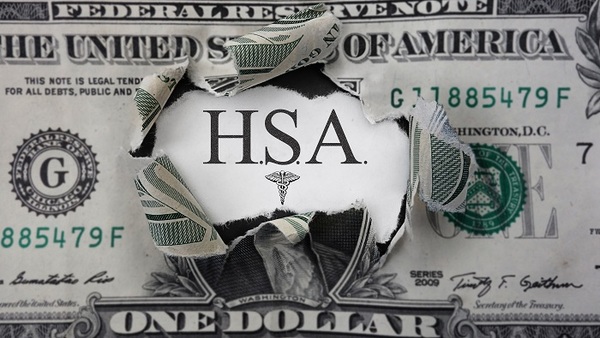 According to the latest report from lively, 96 percent of HSA savings are going to spending on care, leaving precious little to form a foundation for long-term retirement savings. (Photo: Shutterstock)
According to the latest report from lively, 96 percent of HSA savings are going to spending on care, leaving precious little to form a foundation for long-term retirement savings. (Photo: Shutterstock)
You can thank (or curse) the rising cost of health care. But health savings accounts aren't doing much to augment workers' savings toward retirement, although they have that capability.
And while some of that lack is certainly due to another lack—that of understanding by workers that HSAs can be used to boost long-term savings for retirement—the primary cause, according to data from Lively, Inc.'s second annual HSA Spend report, is that rising health care costs are eating up pretty much whatever workers are able to save.
Related: 7 HSA FAQs for advisors & their clients
According to the report, 2019's spending, on average, by HSA account holders was consumed by 50 percent going to doctor visits and services; 10 percent to prescriptions; 16 percent to dental care; 5 percent to vision and eye wear; 3 percent to chiropractic expenses; 2 percent to lab work; and 1 percent to "other." And since 96 percent is going to spending on care, that leaves precious little to form a foundation for long-term retirement savings.
And those spending categories are rising: from 2018 to 2019, doctor visits and services spending increased by 22 percent (from 41 percent in 2018 to 50 percent in 2019), hospital spending increased 114 percent (from 7 percent in 2018 to 15 percent in 2019) and dental spending rose by 78 percent (from 9 percent in 2018 to 16 percent in 2019).
According to the report, however, that increase in dental spending results from "a dedicated education effort to identify lesser-known HSA-eligible expenses" and thus to "a more efficient use of HSA funds, not an overall shift in consumer spending."
Consumers are also turning to online retailers to spend their prescription money. While Walgreens, CVS and RiteAid garnering 76 percent of transactions in that 10 percent total prescription spending, 8 percent of spending is going to Target, Walmart, Costco and Sam's Club. And while Amazon is only getting a "small percentage" of HSA purchases, web and mobile purchases—compared with in-store purchases—are heading for Amazon.
Online is garnering vision and eye-care spending, too, with more than 15 percent of all HSA vision and eye care spending in 2019 online, "dominated" by 1-800-Contacts and Warby Parker.
Even mental health spending is going online, says the report, with more than 15 percent of all mental health spending "through virtual experiences, apps, and/or digital experiences that connect consumers to mental health professionals."
But all of this amounts to one conclusion: although workers are using HSAs the way they were originally intended, their saving behavior (and rising health care costs) prevents any expansion of HSA use "to create a safety net for health care costs into retirement."
READ MORE:
© 2025 ALM Global, LLC, All Rights Reserved. Request academic re-use from www.copyright.com. All other uses, submit a request to [email protected]. For more information visit Asset & Logo Licensing.







